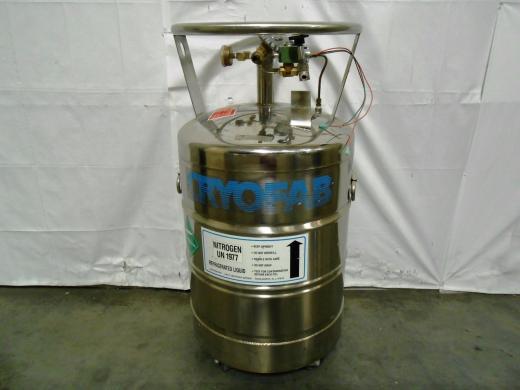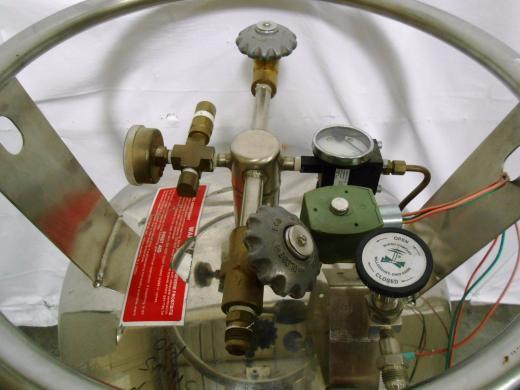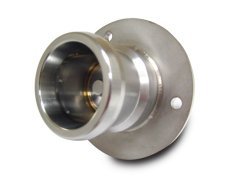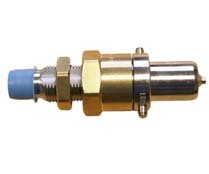voltech444
Automotive
- Apr 11, 2014
- 30
I am doing some research that requires small amounts of liquified methane (<50L) I need a tank I can transport by truck to my closet LNG fueling station to refill. The only tanks that are available for LNG are for class 8 commercial trucks as fuel tanks to run the truck on LNG. So they are much more expensive and currently only available in the whole kit to convert each truck. I only need the tank and fittings, I've reached out to the company (blu fuels) and I'm awaiting response to know if I can buy pieces of the kit individually. If I cannot I am looking at some cheaper possible alternatives.
One idea I've thought of is to convert a N2 cryogenic tank to LNG. I found one other thread on another forum on this topic but unfortunately it didn't have much information. They said it should work. I would still need to the correct fittings to refuel but those are available.
What other modifications would be required to convert a N2 tank to LNG? Is it technically feasible? Practical?
I appreciate any input on this topic. This is not my area of expertise yet, I am learning more about these LNG systems there is just not as much information readily available like for CNG systems. In order to carry out this experiment I need LNG but my budget is restricted to less than $10k so I'm trying to find a solution.
Thank you for looking!
One idea I've thought of is to convert a N2 cryogenic tank to LNG. I found one other thread on another forum on this topic but unfortunately it didn't have much information. They said it should work. I would still need to the correct fittings to refuel but those are available.
What other modifications would be required to convert a N2 tank to LNG? Is it technically feasible? Practical?
I appreciate any input on this topic. This is not my area of expertise yet, I am learning more about these LNG systems there is just not as much information readily available like for CNG systems. In order to carry out this experiment I need LNG but my budget is restricted to less than $10k so I'm trying to find a solution.
Thank you for looking!







